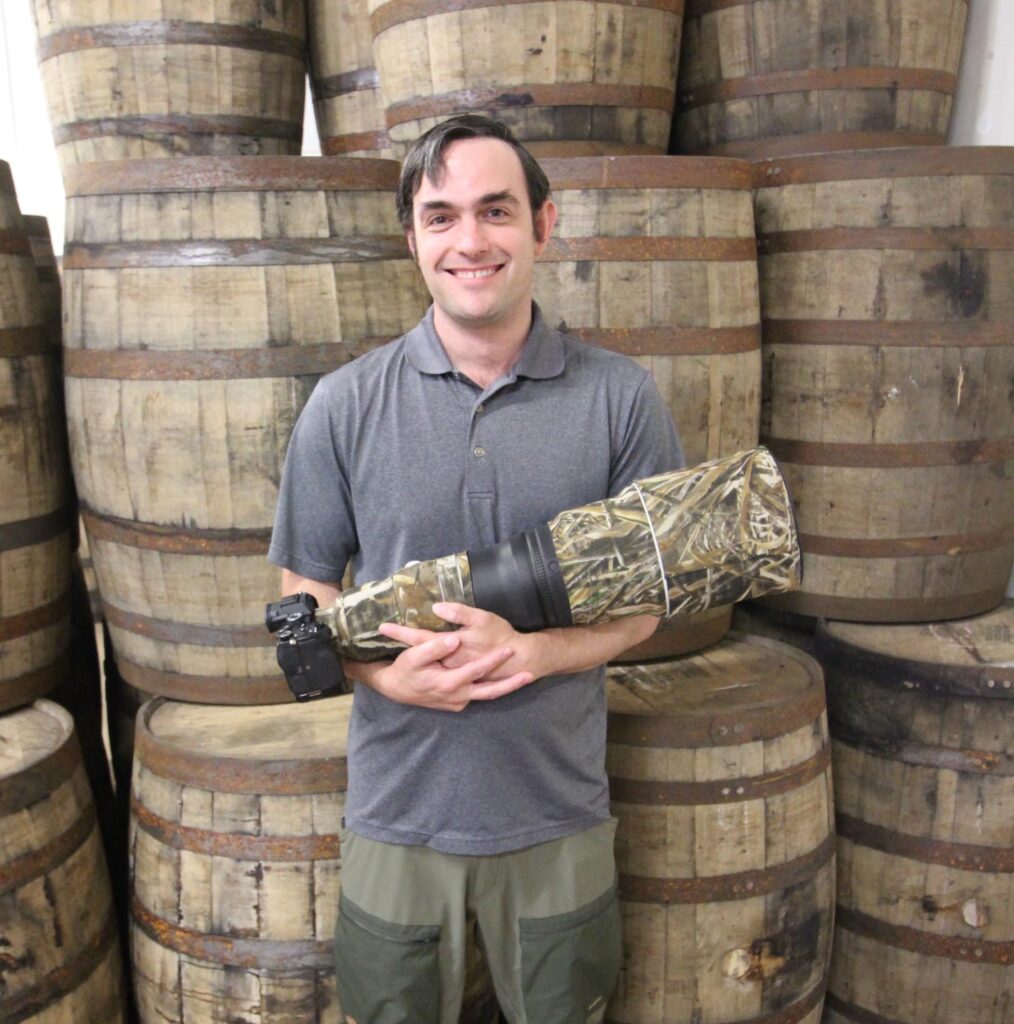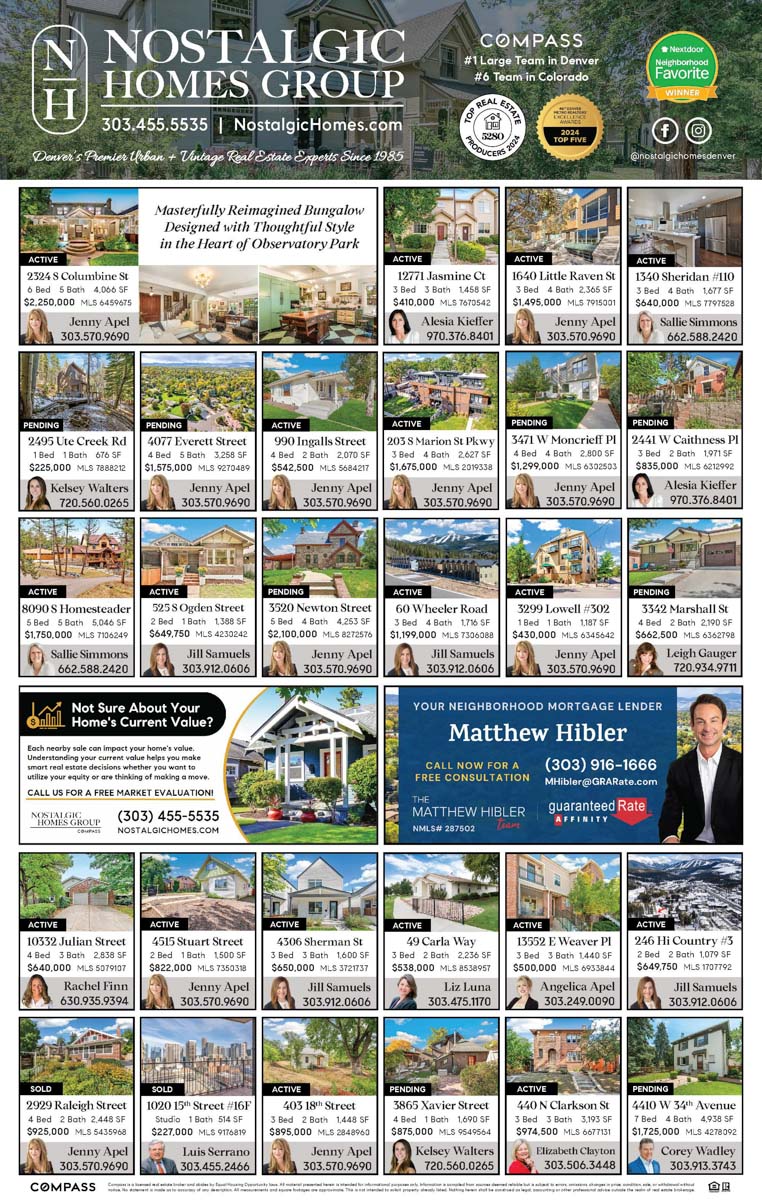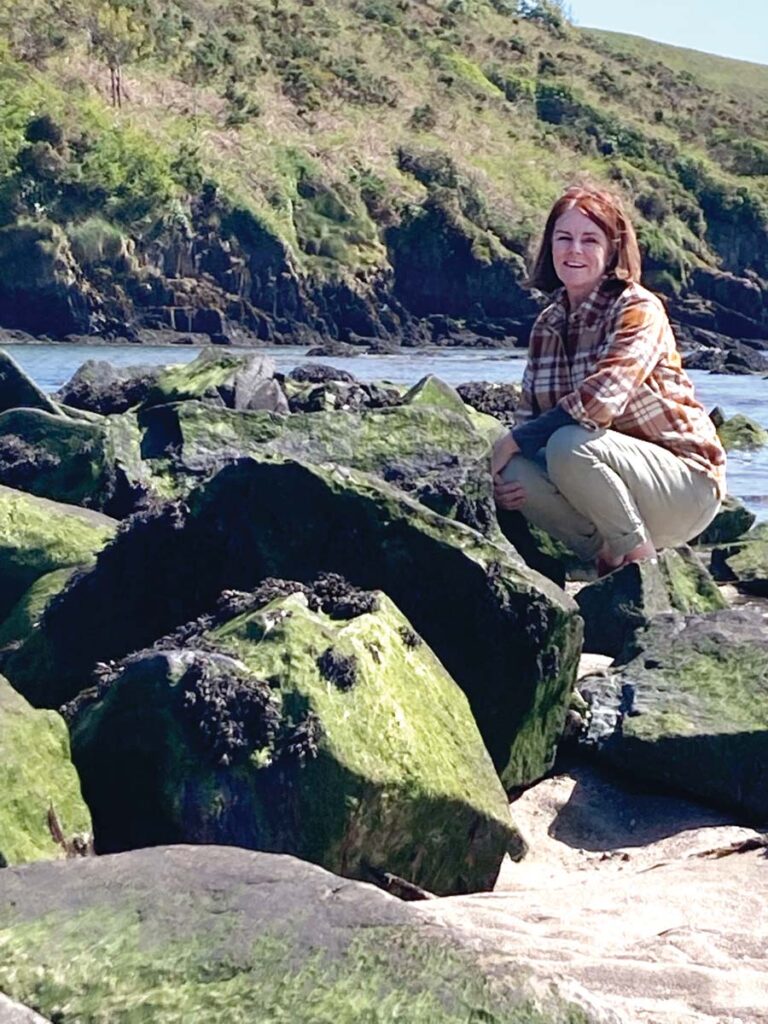“I wake up every morning an hour before sunrise, to be outside 15 minutes before sunrise with the Sony,” says photographer Jon Levy. The “Sony” he’s referring to is the Alpha 1, Sony’s flagship camera.
“I mainly go to the local parks – Belmar, the Wheat Ridge Greenbelt, Main Reservoir in Lakewood. I find each morning that if I wake up to go do that, I’m excited to get out of bed, instead of ‘Oh, I gotta get up and go to work,’” says Levy. Every morning before going to work, he takes photos with a nine-pound camera, most of that weight owing to the 600mm f4 g master telephoto lens mounted onto the Alpha 1.
“Work” is his role as CFO/COO for Rocky Mountain Barrel Company (RMBC), a Wheat Ridge company that imports and sells used whisky, bourbon and wine barrels.
Levy’s passion is photography, his favorite subjects being birds and insects.
“Hummingbirds are a favorite subject of mine. I’ve taken pictures of them [with the Alpha 1] at 4000th of a second shutter speed, and there’s still some wing blur. I like the challenging ones – hard to find, not cooperative, a little bit shy. You have to be patient, wait for them. But they aren’t afraid to come pretty close. I think they know how fast they are and how slow we are.
“There’s something about a nice hummingbird shot, especially when they get close.” He says he has more success walking around with the camera and shooting hand-held than setting up behind a blind.
Levy sometimes goes into the field with an Easyrig, a device that filmmakers use. He explained that an Easyrig is a sort of backpack, a shoulder-supported harness with an L-shaped pole that goes over the top of your head; a rope hangs down in front of you, at the end of which you can attach a heavy camera.
“Nine pounds might not sound like very much,” he said, “but just try holding it up without shaking for any length of time. I can run that thing all day long.
“What I’ve learned about using a big telephoto lens is that what you exclude is just as important as what you include. The lens has such a limited field of view; it’s so narrow, that you only get to see exactly what you want. In that way, it helps to draw the attention to the subject.”
He believes that exclusion/inclusion concept applies to other areas of life, too.
Photography can be both an art and a craft, Levy says.
“When you’re in the field, fooling with exposure, intentionally using a slow shutter speed to track a bird so you can blur the background, I think that becomes an art, for sure. Especially with fast action, where you have to make your settings within a fraction of a second – the whole encounter might only last five seconds.”
Product photography – to take a picture of a barrel, for example – is more of a craft, he says.
“Professionally, I’ve shot lots of product photography for RMBC, but barrels are pretty much the same, and boring.”
Even so, Levy’s had some success with it.
“I had a cover on 5280 years ago, shooting the owner of our company inside a gigantic barrel. Honestly, after that experience, it messed me up a bit, creatively. I got this idea: ‘Oh, I’m a big shot now. I’ve got to go out and create art and not just have fun.’ I struggled with that for a number of years, and ultimately decided that I wouldn’t want to do photography full time. At least not now.”
This is Levy’s 10th year with RMBC. His previous experience as a business development manager made him the perfect choice to join up with college friend and company owner Skyler Weekes. Soon after, he was promoted to CFO/COO and helped to grow the company to 12 full-time employees.
“Craft beer is the biggest use of our barrels – mainly bourbon barrels – importing from 17 countries,” Levy said. “During COVID, our domestic sales fell way off the cliff, as breweries shut down and started producing hand sanitizer instead of beer. As breweries have come back online, we’ve seen our sales grow. Still, shipping is a challenge. Because of the current port congestion, getting our barrels imported in a timely fashion is not so easy.”
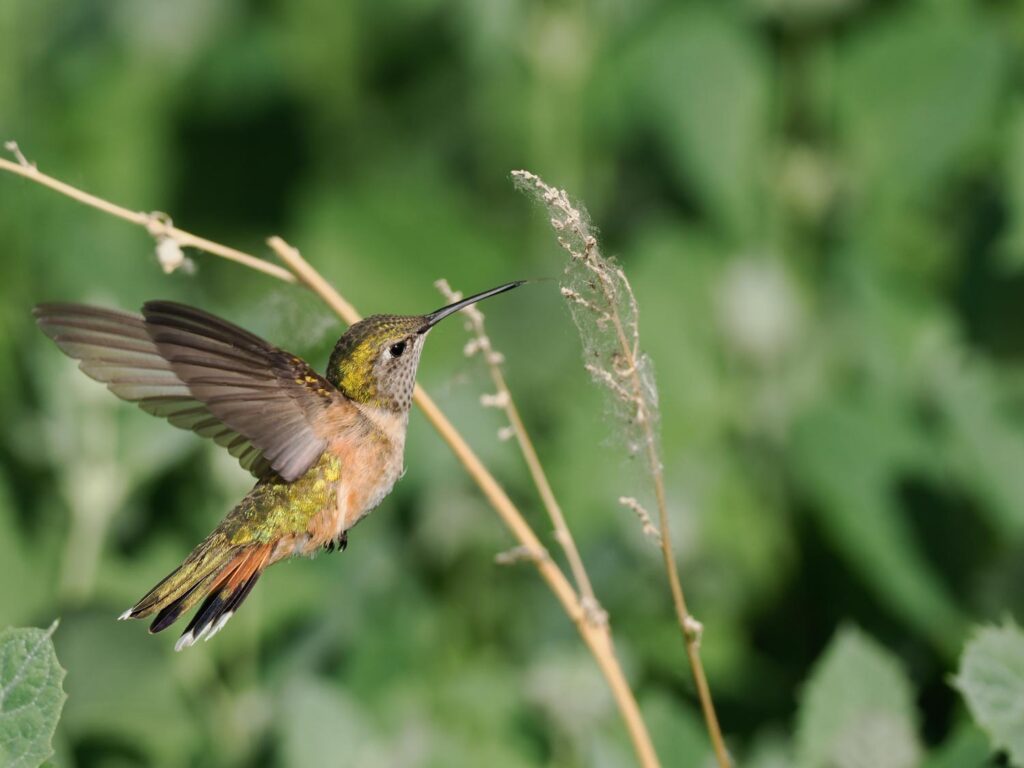
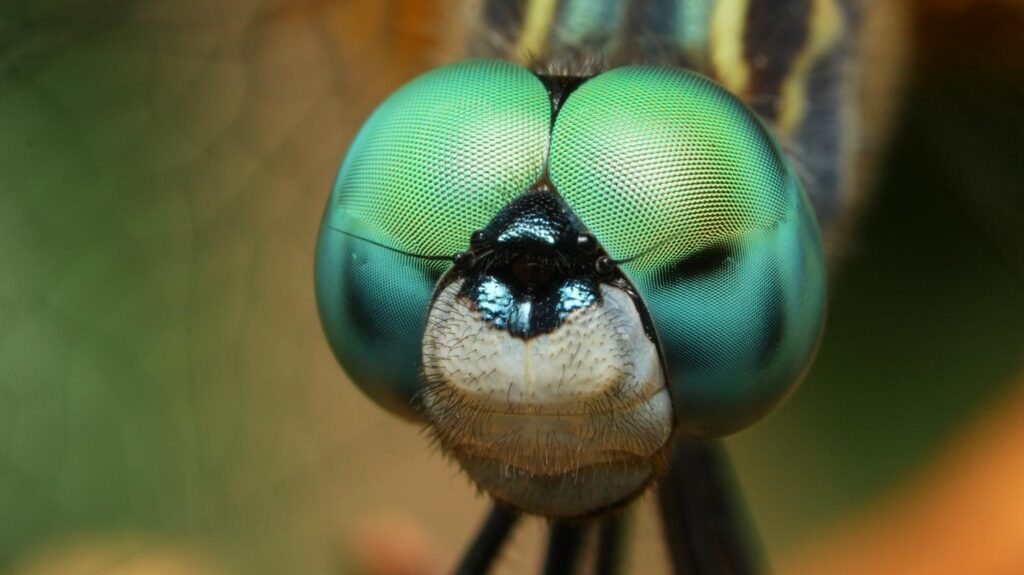
On the photography side, COVID-19 presented Levy with the possibility to work from home.
“I had designed the business to be remote – everything is cloud-based, right down to the phone system. It was nice to sit in the backyard and take pictures.”
Levy is self-taught and belongs to no club or photography organization.
“When somebody critiques your work, you’re going to internalize some of it, and it’ll change the way you shoot. There is value in critique, especially if you’re doing it commercially and if you have a client to please. But my photography’s for me.”
Photography has mainly been a passion and a hobby throughout Levy’s life, becoming “hooked” after receiving his first camera when he was 12. With the demands of college, he set it aside, but he credits RMBC with getting back into it.
“Without RMBC getting me to pick the camera back up, I’m not sure I ever would have. I’m very grateful.
Publisher’s Note: We know that companies are really only as important as their customers. Mike’s Camera, a longtime corporate citizen of our community, was quick to acknowledge Jon Levy as a longtime customer. When we first reached out to Jon, the conversation quickly went to the early days of his love of photography and, for those who remember, the joy of getting that extra frame or two when clicking through the manual loading of film.

